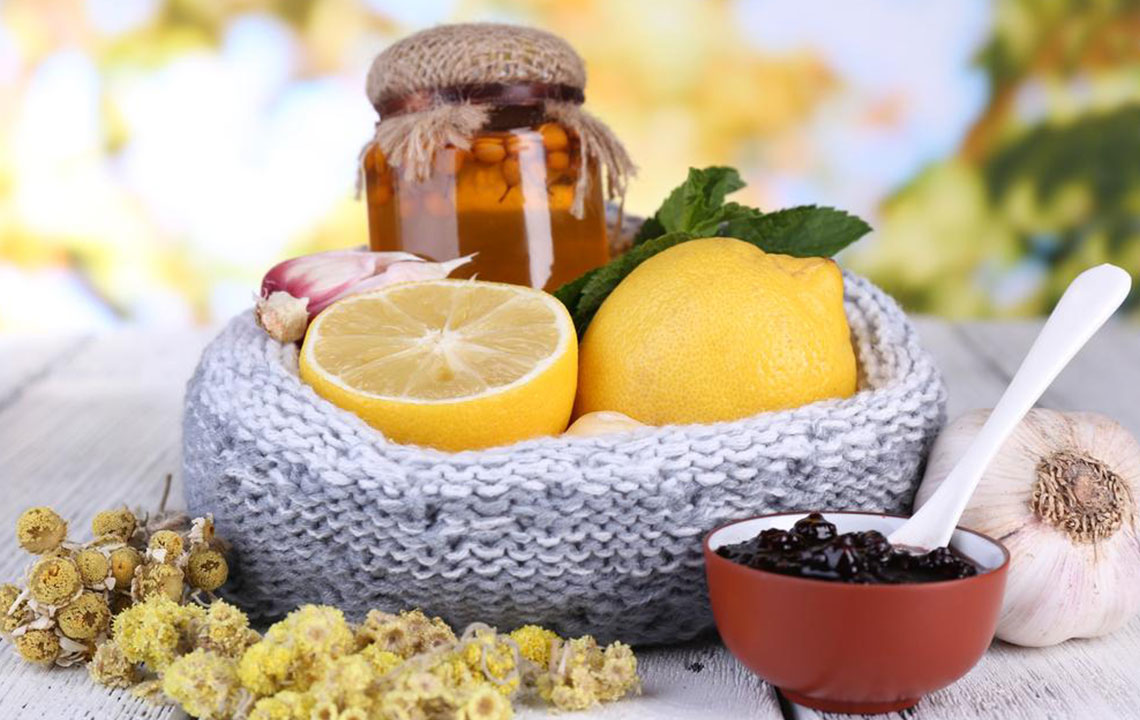4 Effective Home Remedies for Ear Infections

Viruses and bacteria cause ear infections, and these occur more commonly in children rather than adults. Upper respiratory infections, wax buildup, environmental allergies, genetics, food allergies, fetal alcohol syndrome, nutritional deficiencies and internal injuries are some of the most common causes of ear infections. The common signs that point towards the ear infection include:
- Difficulty sleeping
- Ear tugging
- Poor or lack of response to sounds
- Fluid drain from the ear
- High fever
- Headache
- Diarrhea
- Pain in the inner part of the ear
- Minor bleeding in the ear
The ear has inner, middle and outer parts. Each of these parts has a specific function, and together they help a person with the hearing. The outer ear is shaped like a leaf and captures traveling sound waves. There is also a section known as the pinna from which the sound waves enter the ear canal. The sound waves then reach the ear canal through the eardrum located in the middle part. This middle part of the ear also includes other ear organs like the anvil, hammer, middle canal, stir up and semicircular. The sound waves travel through this part into the inner sections of the ear. The inner part consists of parts like the Eustachian tubes, nerves, and cochlea. Sound waves travel through the canal and are sent to the nerves, from where the brain processes the sound.
Considering the complex mechanism and structure of the ear and its three parts, the ear infection can occur in any one of these three parts. Out of all the infections that can occur, the one that occurs in the inner ear is the most serious. Ear infections need to be treated immediately to prevent further complications and damages like rupturing of the eardrum. Deafness and constant recurrence can also occur as a result of untreated ear infections. A doctor is almost always required in the case of ear infections. However, in case of minor infections on the surface and immediate relief, there are certain natural home remedies for ear infections that can be tried. These are time-honored and simple natural treatments.
Remedy 1 – Salt
Salt is used for a number of infections and aches and can be used for ear infections too. In fact, it is one of the popular home remedies for ear infections. Following are the instructions to use salt for treatment or as a home remedy for ear infection.
- Heat one cup of salt in a pan for a few minutes over low heat, or in a microwave.
- Put the hot salt on a cloth and seal the open end.
- When the salt is bearably hot, put the cloth on the ear suffering the infection for 5 to 10 minutes.
- Repeat this remedy as many times as needed on a daily basis.
- The heat generated by the salt helps withdraw fluid from the ear and relieve pain and swelling.
- Instead of salt, a cup of rice may also be used.
Remedy 2 – Garlic
It is a commonly known fact that garlic has antimicrobial properties. Garlic further has natural pain relieving qualities that make it highly effective in the treatment of ear infections. For example, garlic oil can be made by cooking two garlic cloves in two tablespoons of mustard oil or sesame oil till it turns black. This solution should be strained and be used as ear drops in the infected ear when it is not too hot.
Another mixture includes boiling two or three fresh garlic cloves in water for five minutes, followed by crushing it and adding salt. The mixture should be put in a clean cloth and placed on the affected ear. This is one of the most effective home remedies for ear infections.
Another method is to consume on a daily basis two to three cloves of raw garlic to speed up the healing process.
Remedy 3 – Basil
Minor earaches and ear infections can be eased with the use of holy basil that helps reduce infection and relieve pain.
The juice of four to five holy basil leaves should be extracted by gently crushing the leaves. The juice should be applied around the infected ear but should be prevented from getting inside the ear canal.
Another popular home remedies for ear infections is to mix a few drops of holy basil oil with an equal amount of a carrier oil like coconut. A cotton ball should be soaked in the mixture and wiped behind the ear gently. This can be done twice daily.
Remedy 4 – Apple cider vinegar
Apple cider vinegar can help greatly to get rid of any fungal infections plaguing the ear.
By mixing one part of apple cider vinegar with an equal amount of water or alcohol, one can use the solution as a plug by soaking it in cotton and plugging the infected ear for a few minutes. The solution should then be drained by laying on the opposite side and drying the ear thoroughly.
The above are among the most effective home remedies for ear infections. However, if the condition worsens, it is advisable to consult a doctor immediately.


